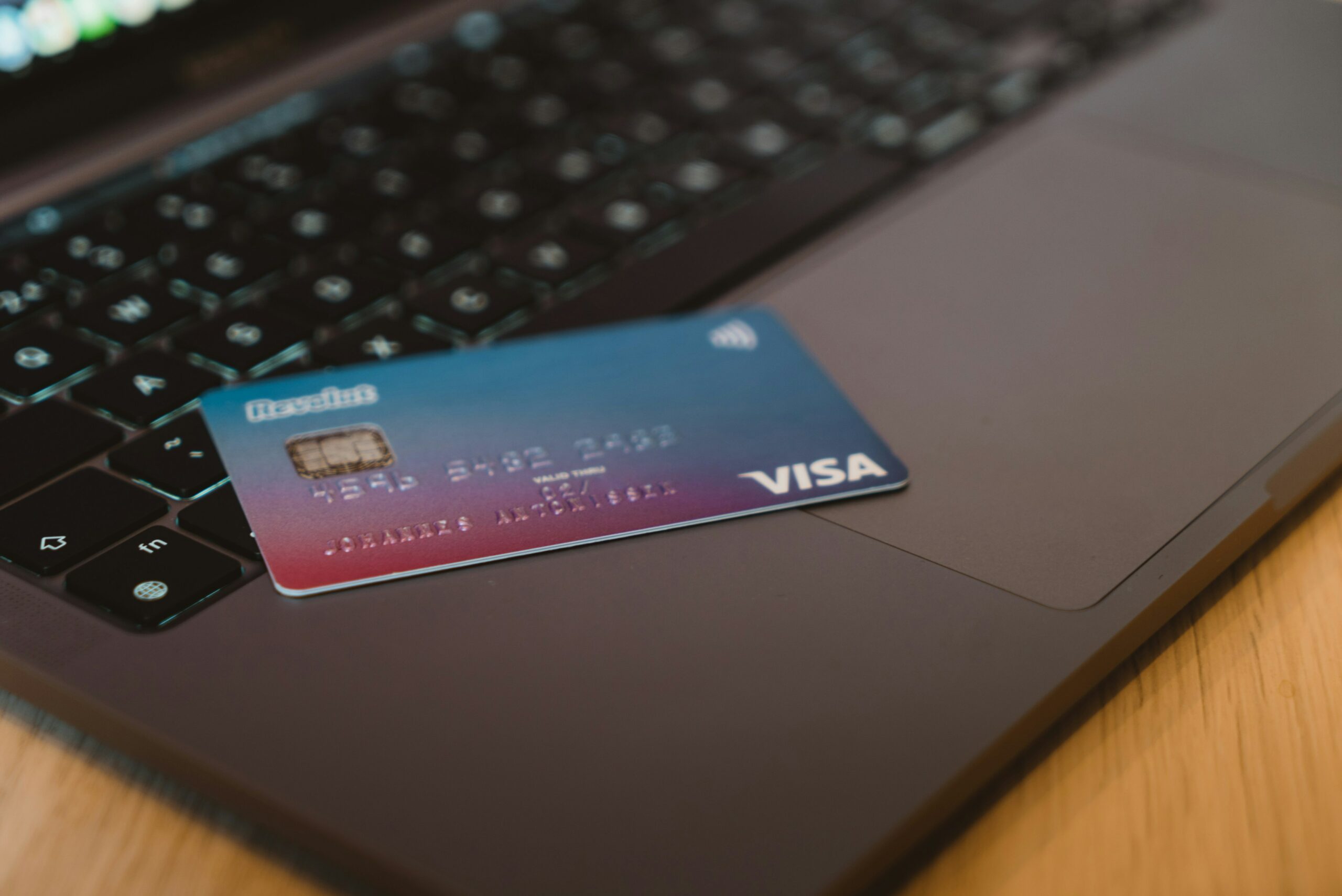Bitcoin, the world’s largest cryptocurrency by market capitalization, has gained immense popularity in recent years. As an investor, you may be wondering how to buy bitcoin with a credit card. Buying bitcoin with a credit card offers convenience and ease of use, but there are important factors to consider to ensure a smooth and secure transaction.
In this comprehensive guide, we will walk you through the steps required for buying bitcoin with a credit card, discuss the factors to consider, and provide recommendations for reputable exchanges that support credit card purchases.
Key-Points
- Buying Bitcoin with a credit card involves entering your credit card information, including the card number, CVV, and expiration date, on an exchange’s checkout page.
- Some exchanges use peer-to-peer (P2P) means for bitcoin transfers, while others allow credit card payments. It is important to conduct thorough research to identify exchanges that support credit card purchases, as well as their fee structures and security measures.
- Buying bitcoin with a credit card means going into debt to invest in a volatile asset. It is crucial to consider the risks involved and the potential for high interest rates on credit card debt.
Table of Contents
Understanding the Process
Buying bitcoin with a credit card involves entering your credit card information, including the card number, CVV, and expiration date, on an exchange’s checkout page. The exchange then converts the value of the bitcoin you desire into your local currency and completes the transaction. The process is quick and easy, making it an attractive option for many investors.
Researching Credit Cards and Exchanges
Before purchasing bitcoin with a credit card, it is essential to research both the credit card and the exchange you plan to use. Not all credit cards support bitcoin purchases, so it’s crucial to ensure that your credit card issuer allows such transactions. Popular credit card companies that support bitcoin purchases include American Express, Mastercard, Visa, and SoFi.
Similarly, not all exchanges accept credit card purchases. Some exchanges use peer-to-peer (P2P) means for bitcoin transfers, while others allow credit card payments. It is important to conduct thorough research to identify exchanges that support credit card purchases, as well as their fee structures and security measures.
Step-by-Step Guide to Buying Bitcoin with a Credit Card
- Research the credit card: Begin by researching the credit card you plan to use for your bitcoin purchase. Understand the fees associated with each card, as different payment companies charge varying fees. This research will give you insight into the costs involved in buying bitcoin with a credit card.
- Research the exchange: Once you have selected a credit card, research the exchanges that support credit card purchases. While some exchanges allow instant purchases using credit cards, others may require a validation process to prevent fraud. It is important to choose an exchange that supports your credit card and ensures a seamless buying experience.
- Link the credit card: After selecting an exchange, you will need to verify your account and link your credit card. Provide your personal information to meet the exchange’s know-your-customer (KYC) requirements. Once verified, click on “add new card” and enter your full name, card number, CVV, expiry date, and billing address. This step enables you to make purchases using your credit card.
- Make the purchase: Once your credit card is linked, you can proceed to buy Bitcoin. Enter the desired amount of bitcoin you wish to purchase and choose the option to pay with a credit card. You will be redirected to your bank’s one-time password (OTP) transaction page. Follow the instructions and complete the transaction. If successful, the purchased bitcoin will be deposited into your wallet.
Factors to Consider When Buying Bitcoin with a Credit Card
- Exchange fees: When purchasing bitcoin, it is important to understand the fees associated with the exchange. Some exchanges charge a fraction of the transaction cost, while others may impose additional fees for credit card payments. Consider these fees and ensure that you have a good return on investment to offset them.
- Debt: Buying bitcoin with a credit card means going into debt to invest in a volatile asset. It is crucial to consider the risks involved and the potential for high interest rates on credit card debt.
- Scams: Choose reputable exchanges with a strong security reputation to protect your personal information and credit card details from potential scams.
- Cash advance penalties: Some credit card issuers may consider purchasing bitcoin as a cash advance, which can result in higher interest rates, foreign exchange fees, cash advance fees, and no grace period for repayment. Be aware of these potential penalties.
- Credit utilization and rewards: Using a credit card for large bitcoin purchases can impact your credit utilization ratio and may not qualify for credit card rewards. Understand the potential impact on your credit score and rewards before making a purchase.
Conclusion
Buying bitcoin with a credit card offers a quick and convenient way to enter the bitcoin market. However, it is important to research your credit card and the exchange you plan to use to ensure a smooth and secure transaction. By following the steps outlined in this guide and considering the factors mentioned, you can confidently purchase Bitcoin with your credit card and start your bitcoin investment journey.









